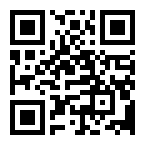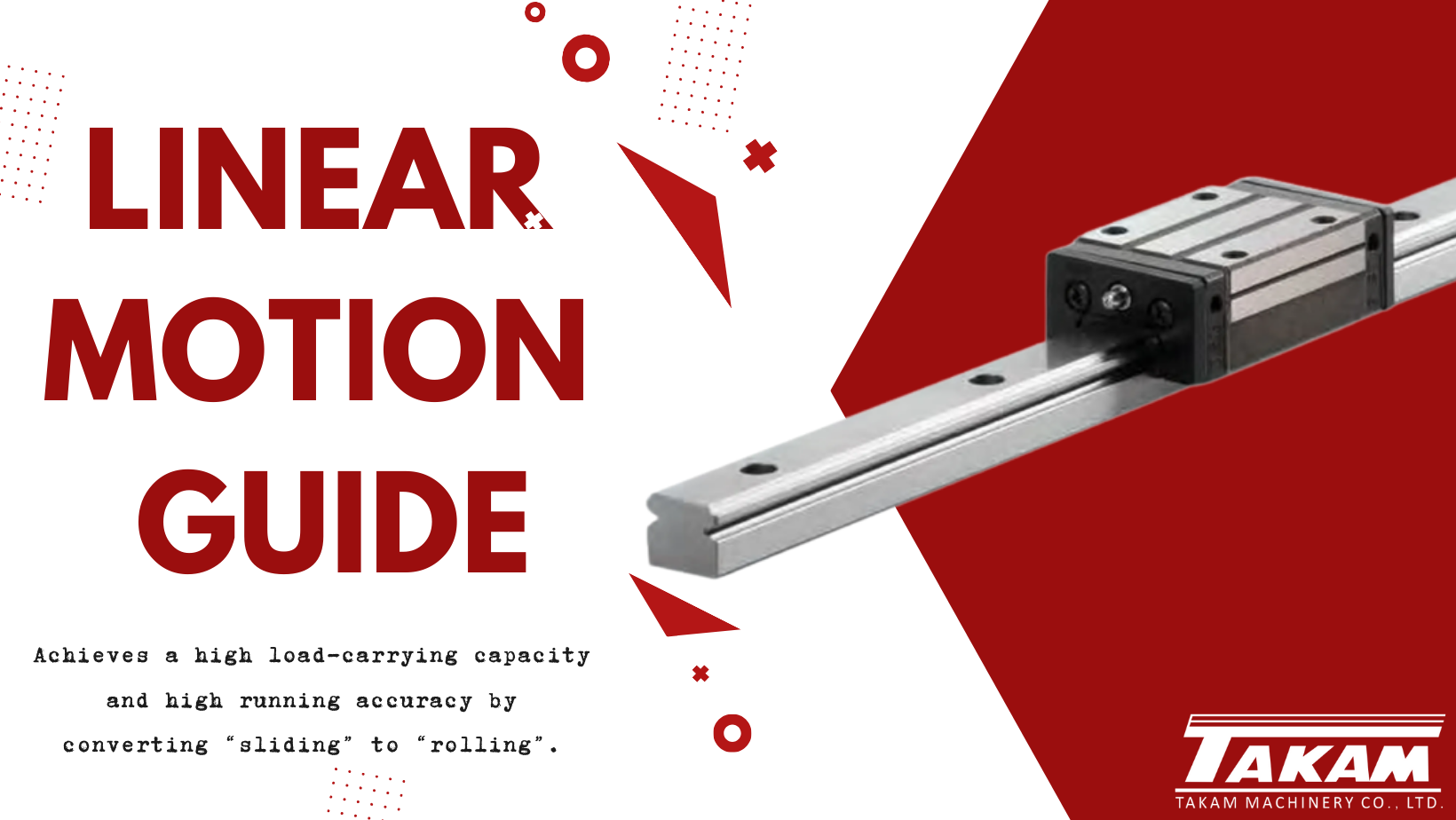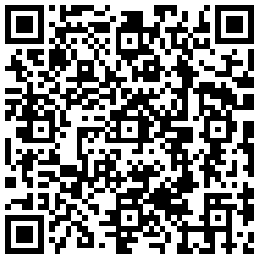Intro to Linear Motion
A linear guide, also known as a linear motion guide or linear bearing, is a mechanical component used to provide controlled, smooth, and precise linear motion in machinery and equipment. Linear guides are designed to support and guide the movement of a load or a tool along a straight path with minimal friction and backlash. They are commonly used in various applications across industries where linear motion is required, such as CNC machines, 3D printers, industrial automation, and more.
Key components of a typical linear guide system include:
Rail or Track: The rail is a long, straight, and rigid structural element typically made of materials like steel or aluminum. It serves as the fixed reference or guide surface along which the moving component (often a carriage or slider) travels.
Carriage or Slider: The carriage or slider is a movable component that rides along the rail. It is usually equipped with rolling elements (such as ball bearings or roller bearings) that reduce friction and allow smooth linear motion. The carriage carries the load or tool that needs to move linearly.
Rolling Elements: Linear guides use rolling elements (e.g., balls or rollers) between the rail and the carriage to facilitate smooth motion. These rolling elements reduce friction and enable the carriage to move with low resistance.
Seals and Lubrication: Many linear guides are equipped with seals to protect the rolling elements and the raceways from contaminants like dust and debris. Proper lubrication is also essential to reduce wear and ensure smooth operation.
Linear guides come in various configurations and designs, including:
Linear ball guides: These use ball bearings to provide high precision and relatively low friction linear motion.
Linear roller guides: These use cylindrical or tapered rollers to support heavy loads and provide smooth motion.
Crossed roller guides: These feature crossed cylindrical rollers that can handle both radial and axial loads, making them suitable for applications with complex loading conditions.
Miniature linear guides: These are compact linear guides designed for applications with limited space and low load requirements.
Choosing the right linear guide for a specific application involves considering factors such as load capacity, speed, precision requirements, environmental conditions, and available space. Linear guides play a crucial role in ensuring the accuracy and reliability of many industrial and automation processes by providing controlled and repeatable linear motion.


 简体中文
简体中文








